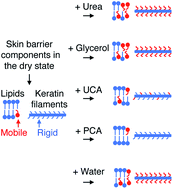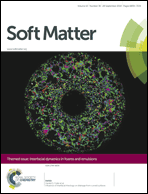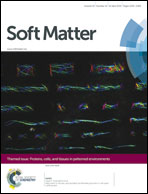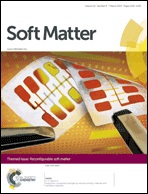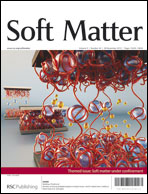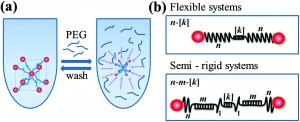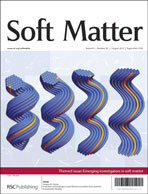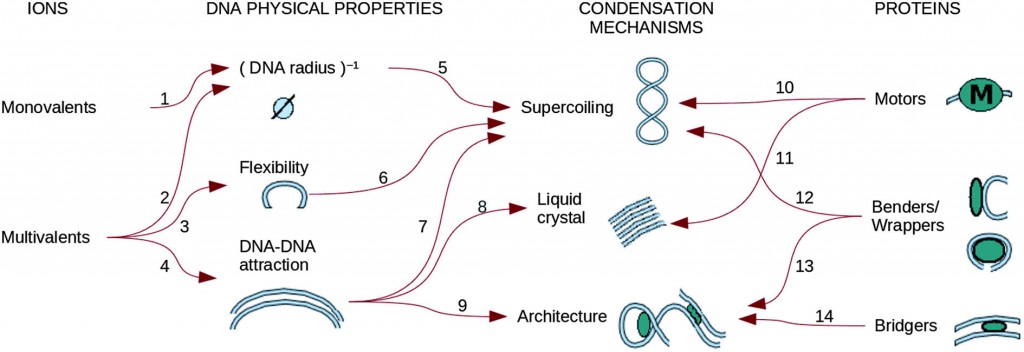Take a look at our new web collection, celebrating the excellent research presented at the 2013 International Soft Matter Conference and the very healthy state of the soft matter field.
This collection of articles is Guest Edited by Sofia Kantorovich (University of Vienna) and Emanuela Zaccarelli (CNR-ISC, Sapienza Universita di Roma). It comprises papers from a selection of talks and posters that were presented at the 3rd International Soft Matter Conference, held in Rome on 15-19 September last year.
The collection reflects the variety of topics discussed at the conference, and includes articles on colloids, gels, biomaterials such as DNA and cells, crystals and glasses. It highlights novel experimental methods, theoretical approaches and advanced simulation techniques, and provides an insight into both equilibrium and out-of-equilibrium behaviour of soft matter.
Articles include:
Phase separation and self-assembly of colloidal dimers with tunable attractive strength: from symmetrical square-wells to Janus dumbbells
Gianmarco Munaò, Patrick O’Toole, Toby S. Hudson, Dino Costa, Carlo Caccamo, Achille Giacometti and Francesco Sciortino

Biocompatible cationic lipids for the formulation of liposomal DNA vectors
Costanza Montis, Silvia Sostegni, Silvia Milani, Piero Baglioni and Debora Berti

Viscoelasticity of nematic liquid crystals at a glance
Fabio Giavazzi, Stefano Crotti, Antonio Speciale, Francesca Serra, Giuliano Zanchetta, Veronique Trappe, Marco Buscaglia, Tommaso Bellini and Roberto Cerbino (Open Access)
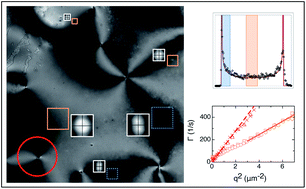
Stratum corneum molecular mobility in the presence of natural moisturizers
Sebastian Björklund, Jenny Marie Andersson, Quoc Dat Pham, Agnieszka Nowacka, Daniel Topgaard and Emma Sparr (featured in Chemistry World)
